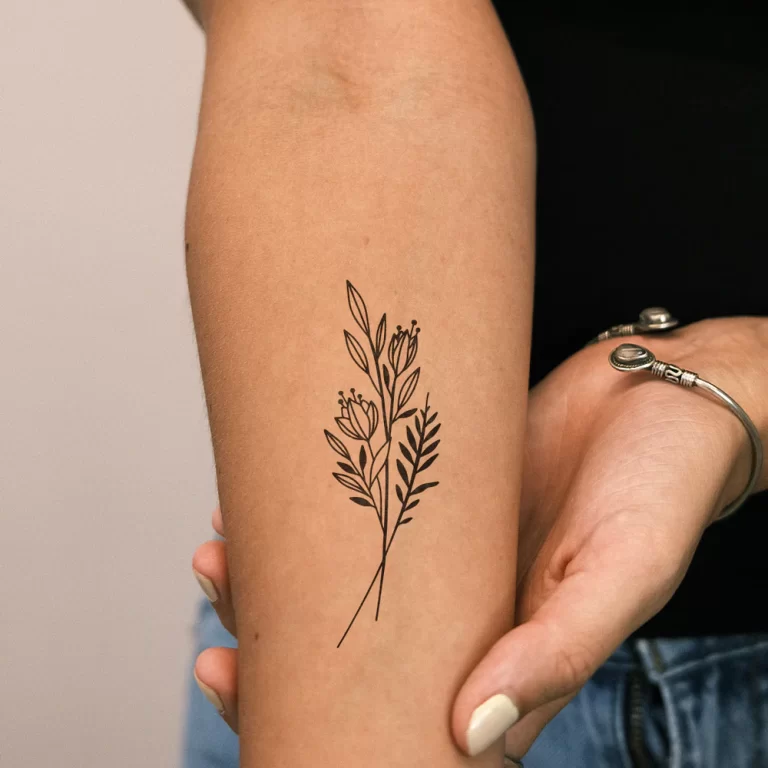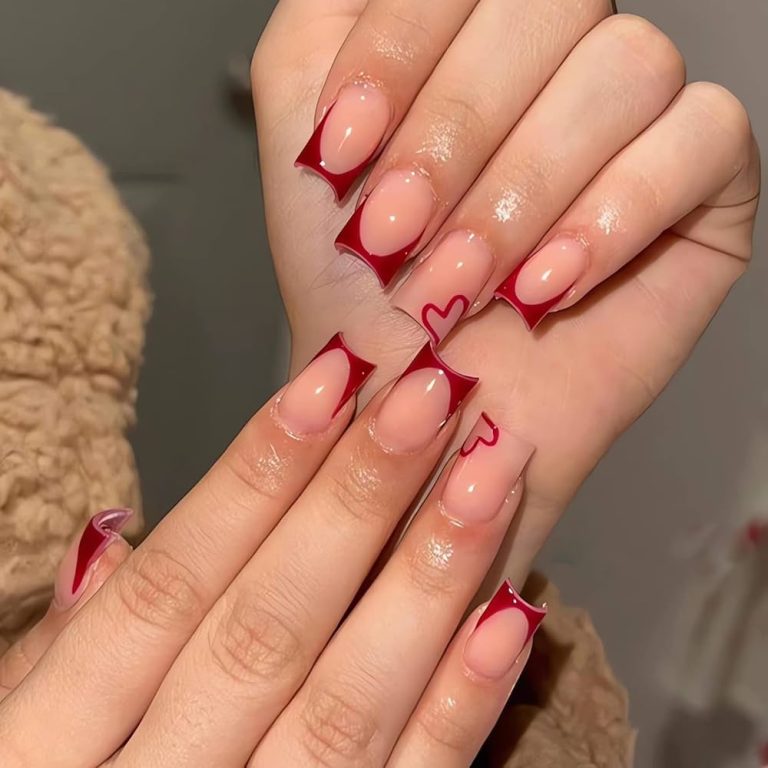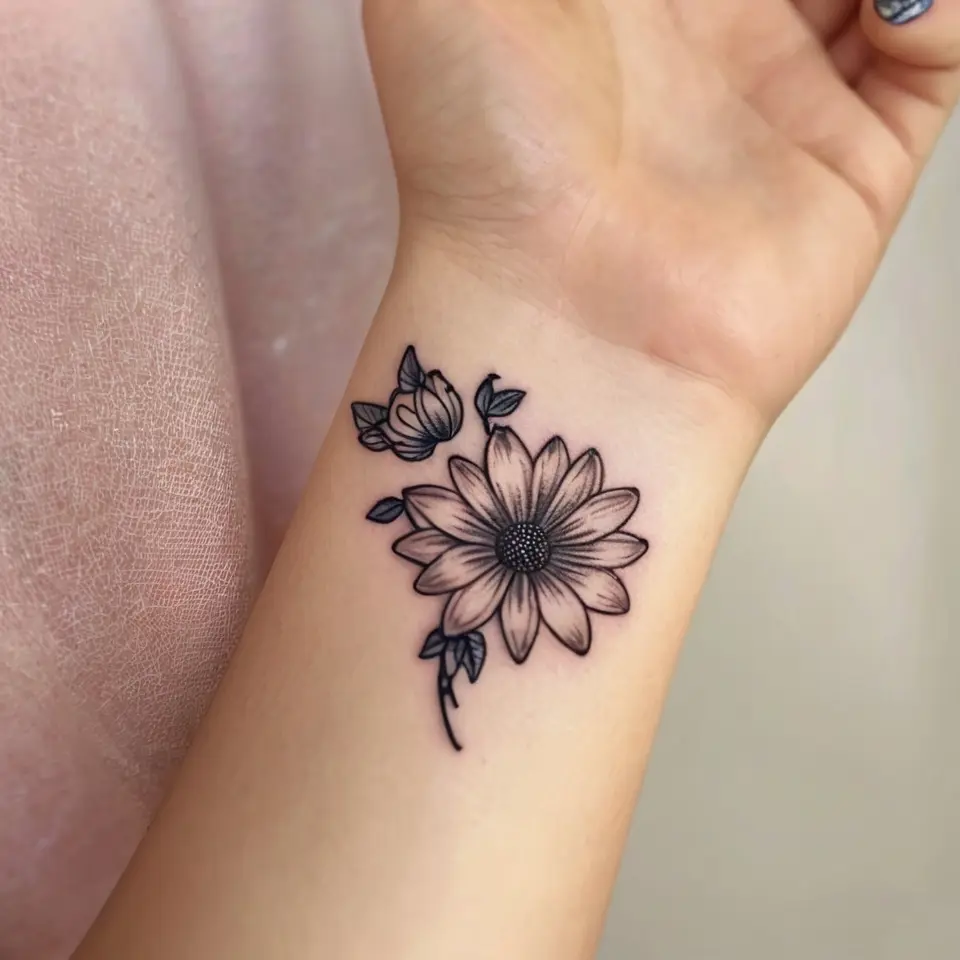
Flower Tattoo Trends: Embracing Flower Ink Art in 2025
The Rise of Floral Tattoos in Recent Years
Flower tattoos have seen a remarkable surge in popularity over recent years. Social media platforms buzz with images of delicate petunias, bold roses, and exotic lotuses etched on skin. They’ve become a favored choice among both tattoo veterans and newcomers. Experts note a key reason behind this upswing is the versatility of floral designs. They can be tailored to any style, from minimalistic to hyper-realistic.
Not just a pretty sight, these tattoos often carry deep personal meanings. They serve as symbols of growth, life, and beauty. For many, a flower tattoo marks a significant life event or tribute to a loved one. Some choose them to celebrate personal victories, embodying resilience and triumph like a blossom amid adversity. With each pattern uniquely crafted, flower tattoos offer a canvas for self-expression.
Moreover, advancements in tattooing technology have diversified the ways in which flower tattoos can be rendered. New inks, precise tools, and pioneering artists have given rise to intricate designs that were once impossible. These developments have increased the allure of flower tattoos, as individuals can now opt for more detailed and long-lasting artwork.
While trends come and go, the ascent of flower tattoos appears to be here to stay. Their timeless appeal, coupled with the modern twist of current styles, makes them a compelling choice for those looking to make a statement with their ink. In coming chapters, we’ll explore popular designs, their meanings, and why they resonate across different cultures.

Popular Flower Tattoo Designs and Their Meanings
Flower tattoos speak in silent beauty, each bloom holding a unique significance. Among the most popular designs are roses, known for symbolizing love and passion. They come in various colors, with each hue carrying its own meaning. Red roses depict deep affection, while white roses suggest purity and new beginnings.
Lilies are another favorite, embodying purity and renewal. They often grace the skin of those who have undergone transformation or seek a fresh start. Moreover, the lotus flower stands out, especially in Eastern cultures. It represents enlightenment, as it blooms unstained from muddy waters. The lotus is a beacon for those on a personal journey of growth and recovery.
Peonies also carry weight in the flower tattoo realm. They are seen as a token of good fortune and prosperity. Their lush petals and vibrant colors suggest a full, rich life. In contrast, cherry blossoms, delicate and fleeting, stand for the transient nature of life. Their elegance inspires mindfulness of the present.
Sunflowers, with faces turned towards the sun, denote optimism and happiness. They are often chosen by individuals who embrace positivity. Daisies, with their simple charm, convey innocence and cheerful energy, a light-hearted choice for many.
The flower tattoo’s meaning can further shift with added elements. For instance, thorns on a rose might depict protection or hardship overcome. Ultimately, the wearer’s personal experience breathes life into the chosen design, making each flower tattoo as unique as its bearer.
In subsequent sections, we’ll delve deeper into the cultural significance of these tattoos, evolving techniques, and the process of combining them with other artistic elements.
The Significance of Flower Tattoos in Various Cultures
Flower tattoos carry diverse meanings across cultures. In Eastern traditions, the lotus tattoo holds high esteem. It symbolizes purity and spiritual awakening, tied closely to Buddhist and Hindu beliefs. It blooms in muddy water, showing beauty amid adversity. This symbolizes a path to enlightenment, making it a powerful choice for many.
In Western culture, the rose reigns supreme. It stands for love, passion, and sometimes, sorrow. Depending on its color, a rose can convey a range of emotions. For example, a black rose may represent mourning or farewell. Meanwhile, a yellow rose might stand for friendship and joy.
Cherry blossoms, revered in Japanese culture, signify life’s fleeting nature. They remind us of the beauty and impermanence of existence. This perspective encourages people to treasure every moment. The cherry blossom season is a time for festivals and family, reflecting these values.
In Hawaiian culture, flower tattoos often showcase native flora. They express respect for the land and one’s heritage. Bold hibiscus flowers may represent hospitality, while the plumeria often signifies positivity and charm.
For the Maori of New Zealand, floral designs woven into tribal tattoos bear significance. They carry a person’s lineage and status within the community. It’s more than art—it’s a visual history.
In many cultures, flower tattoos serve as tributes. They might honor a lost loved one or celebrate life’s milestones. People globally connect to the language of flowers. They use tattoos to join a shared human experience, transcending linguistic and cultural barriers. No matter where you go, these tattoos tell stories, woven into the very fabric of our societies.
In the following sections, we will look at how these techniques and styles have evolved. We’ll also explore how artists combine flowers with other tattoo elements to create complex, meaningful art.
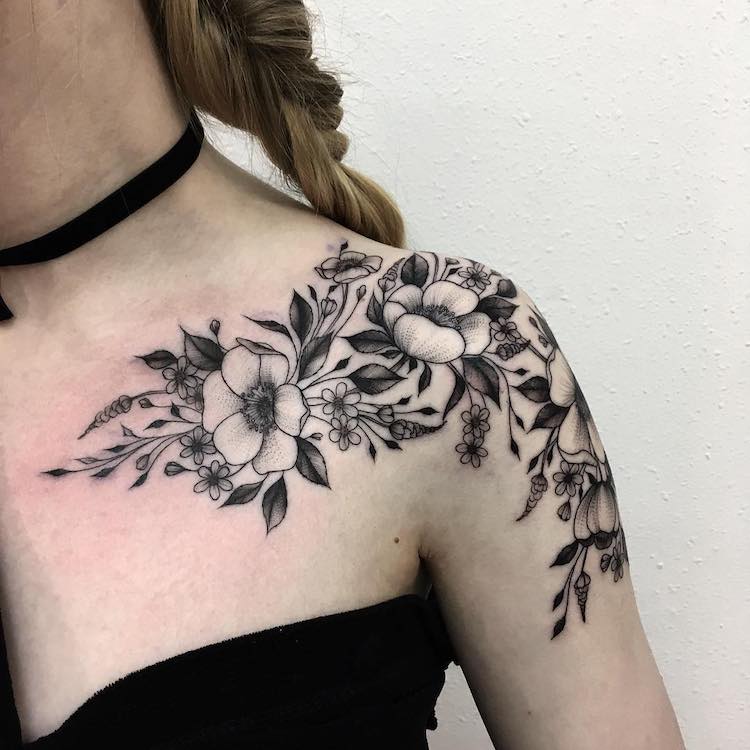
The Evolution of Flower Tattoo Techniques and Styles
As flower tattoos surged in popularity, the techniques and styles used to create these pieces of art have evolved significantly. In the early days, floral tattoos were often simplistic, with limited color palettes and basic outlines. Now, advancements in tattoo technology and artist creativity have brought an explosion of styles.
Today, traditional needle tattoos have been joined by digital design methods. Artists now use advanced software to plan precise and intricate designs before inking. This allows for a preview of the tattoo, ensuring the final result aligns with the client’s vision.
Techniques like watercolor tattooing have gained traction, mimicking the look of a painting on skin. These tattoos blend soft hues for a dreamy, fluid effect that makes flower petals seem to come alive. Dotwork is another technique that’s popular among flower tattoo enthusiasts. It uses thousands of tiny dots to build up shading and texture, perfect for delicate flowers.
Blackwork is a style that has been reimagined for floral designs. Using bold, solid lines and negative space, blackwork can emphasize the elegant shapes of flowers. It’s a striking contrast to traditional, more color-filled designs.
The use of white ink has also risen in recent years. White ink can accentuate certain features of the flower or can stand alone for a subtle, ethereal look. 3D tattoos are another avenue artists have explored. They craft designs that look lifelike, giving the illusion that the flowers are truly resting on the skin.
Lastly, UV tattoos, or glow-in-the-dark tattoos, have become an adventurous option for floral ink. These fluoresce under UV light, adding a hidden dimension to the artwork only visible in certain settings.
As techniques and styles evolve, so does the personal expression they allow. Flower tattoos have become not just a statement of beauty, but a display of the wearer’s personality and the artist’s skill. In the next sections, we’ll see how these techniques can be combined with other elements to create even more complex and personal body art.

Combining Flowers with Other Elements in Tattoo Art
In the realm of tattoo art, flower tattoos often blend with other elements to tell a more complex story. Artists and individuals alike draw upon a variety of symbols and images to enhance the meaning and aesthetic of a floral design. Here are some ways flowers are combined with additional tattoo elements:
- Animals and Insects: A common pairing is with creatures like birds, butterflies, and bees. These can symbolize freedom, transformation, or industriousness, complementing the flower’s own symbolism.
- Celestial Bodies: Incorporating the sun, moon, or stars can convey a cosmic or celestial significance. It adds a dimension of mystery and vastness to the floral base.
- Geometric Shapes: Adding geometric patterns can create balance and contrast. Circles can represent unity and infinity, while triangles might suggest strength and stability.
- Mandalas: The intricate patterns of a mandala bring a spiritual or meditative quality. They mesh well with the natural lines of flowers, often resulting in a visually captivating tattoo.
- Text: Quotes, names, or dates alongside a flower tattoo can make the ink deeply personal. It might commemorate a special occasion or serve as a lifelong reminder of one’s philosophy.
- Cultural Icons: Some choose to incorporate symbols specific to their heritage. This could include Celtic knots, religious icons, or traditional tribal patterns.
When combining elements, careful planning with a professional tattoo artist is key. They can guide on how best to integrate other images without overshadowing the flower tattoo’s beauty. This collaborative process ensures a harmonious design that resonates with the individual’s identity and story. In the next segment, we will discuss the best body placements for these creative and meaningful tattoos.
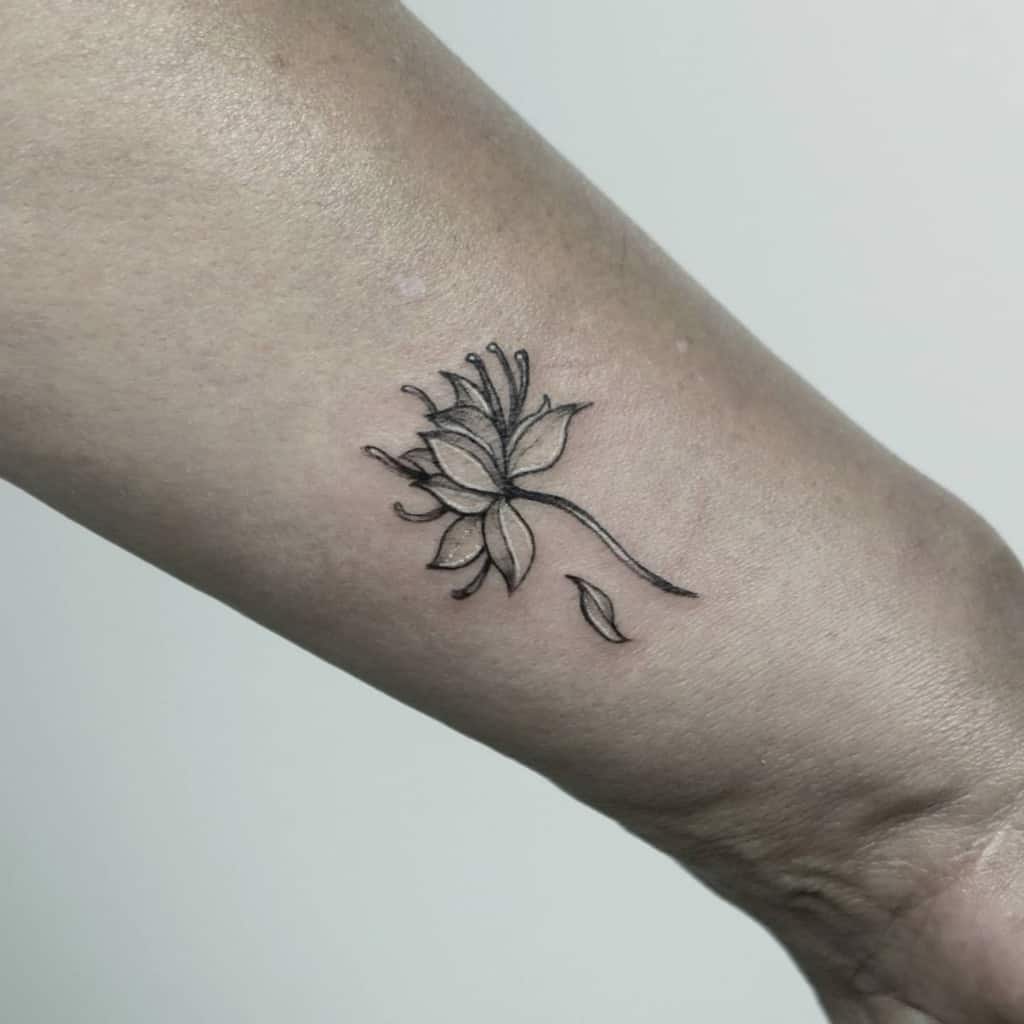
Placement Considerations for Flower Tattoos
Choosing the right location for a flower tattoo is crucial for both the individual’s comfort and the design’s visibility. Here are some popular placement areas:
- Forearm: Offers ample space for larger designs while remaining easily visible.
- Shoulder: Ideal for cascading flowers, giving a natural flow with body contours.
- Ankle: A subtle spot for smaller flower tattoos, easy to conceal or show off.
- Ribcage: Although a sensitive area, it’s perfect for private, large-scale floral pieces.
- Wrist: Great for delicate, small designs, often chosen for flowers with personal meanings.
- Back: A canvas for expansive and intricate floral art, allowing for elaborate story-telling.
When considering placement, think about your lifestyle and pain tolerance. Some areas, like the ribcage and ankle, tend to be more sensitive. Remember, flower tattoos may fade over time, especially in sun-exposed areas. Carefully consider the placement to ensure longevity. Discuss with your artist the best spot for your design that aligns with your personal preferences and daily life.
In the following sections, we’ll guide you through selecting a tattoo artist and studio whose expertise will best bring your floral vision to life.
How to Choose a Flower Tattoo Artist and Studio
When seeking a tattoo artist and studio for your flower tattoo, consider expertise and hygiene. Check portfolios to assess an artist’s style and skill with floral designs. Look for crisp lines, vibrant colors, and how they blend shades. Reviews and testimonials can offer insights into client satisfaction and artist professionalism.
Visit studios to gauge cleanliness and safety practices. Ensure they use sterile needles and ink for each customer. A reputable studio should have proper licensing and adhering to health regulations. Friendly staff and a comfortable atmosphere are also vital.
Communication is key. Discuss your design ideas with potential artists to see if they understand your vision. An experienced artist can offer suggestions and ensure your tattoo is both beautiful and meaningful.
Price is a consideration, but don’t compromise quality for cost. A flower tattoo is permanent. It’s worth investing in an artist who can bring your vision to life accurately and safely.
Lastly, consider the studio’s location. If your tattoo requires multiple sessions, a studio near you can be more convenient. But for the perfect artist-studio fit, traveling might be worthwhile.
By keeping these points in mind, you can find an artist and studio that will provide you with a stunning flower tattoo to cherish for years.

Aftercare Tips for Your New Flower Tattoo
Proper aftercare is crucial for the longevity and beauty of your flower tattoo. Here are some essential tips to keep your fresh ink looking its best:
- Keep it Clean: Gently wash your tattoo with mild, unscented soap. Pat, don’t rub, it dry.
- Moisturize: Apply a thin layer of fragrance-free lotion to prevent drying and flaking.
- Avoid Sun Exposure: Keep your tattoo out of direct sunlight. UV rays can fade the colors.
- Don’t Soak: Skip swimming and long baths until your tattoo heals fully to prevent infection.
- Wear Loose Clothing: Loose fabric lets your tattoo breathe and doesn’t rub against it.
- Resist Scratching: Itching is normal but scratching can damage the design and cause scarring.
- Stay Hydrated: Drinking water helps your skin heal and stay healthy.
- Follow Artist Instructions: Your tattoo artist knows best. Stick to their recommended aftercare routine.
Remember to monitor your tattoo for signs of infection, like redness, swelling, or oozing. If you see any, contact a healthcare professional right away. With good care, your flower tattoo will remain a vibrant piece of art on your skin. In conclusion, take these aftercare steps seriously to ensure your tattoo’s best possible outcome.
